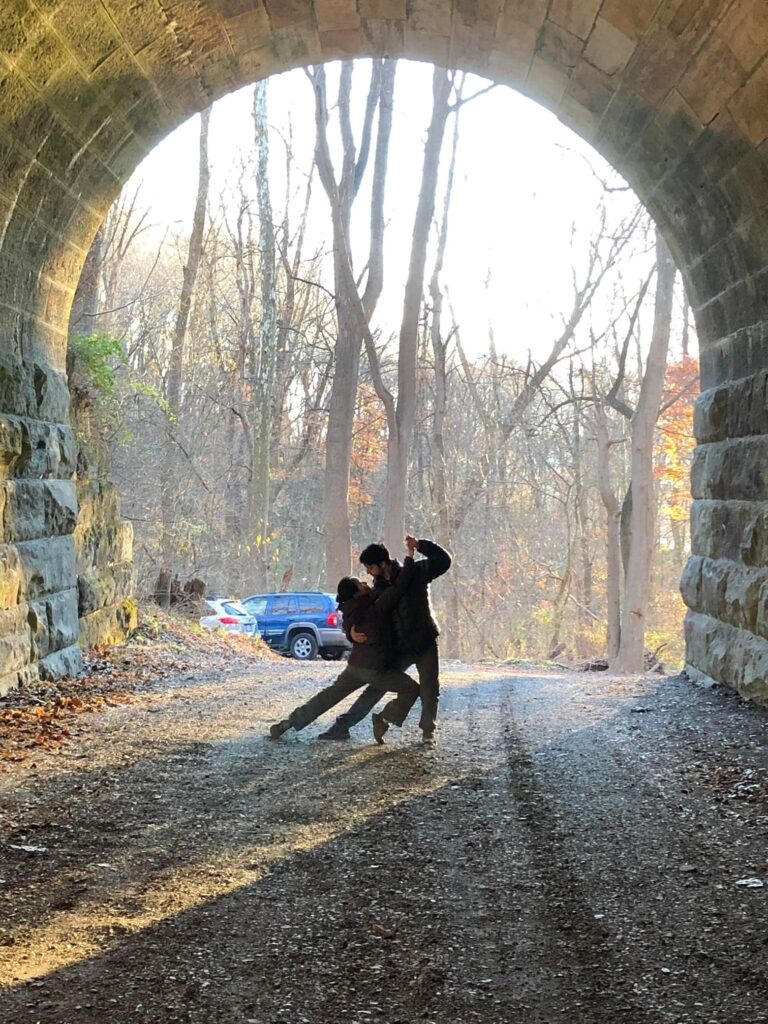I started dancing as a Freshman in college at the University of California Santa Cruz, and have been going strong ever since. I have always been curious about how we can improve our dancing, and how to better teach and understand tango.
I have been fortunate to study with some incredible teachers over the years in the Bay Area, Boulder Colorado, Buenos Aires, and in Washington DC. And I have been just as fortunate to have had many generous friends and colleagues to help me along my journey.

While in DC, my partner Jacqueline and I co-hosted a weekly class and practica with the unique dancers, teachers, and friends Gabriel and Ca Ti. We also also hosted a weekly gathering of fellow tango dancers to practice and work together. We enjoyed a tremendous amount of sharing and collaboration to better understand how the dance works, how to best improve, and how to teach and communicate. While these times were personally very productive, they also highlighted to me the lack of collaboration that generally occurs in tango. We may spend hundreds hours together in class and at the milonga without once sharing a helpful tip, ask for advice on what we are working on, or say what we appreciate about each other’s dance.
I believe this lack of sharing comes from not having a space to share and not knowing how to. Giving feedback is (probably rightly) dissuaded at the milonga, but this is often the only place to interact with other tango dancers. Skills like how best to practice, how to analyze moves, or even how to give feedback in a clear but kind manner are learned, and we need people and places to learn them from. When I moved to New Jersey for Jacqueline’s work (we are lucky to be partners in both dance and in life), we began teaching tango at Princeton University. Given the responsibility of sharing tango to new dancers, I have tried to clarify my own thought and beliefs around the dance, and particularly around how we can facilitate more collaborative practice. In this spirit, I am attempting to write down my reflections and share them here.
I am not a professional dancer, in that I do not make my living off of tango, so you may want to defer to your teacher if something I write is in conflict. At the same time, I have taught tango for many years, run tango workshops, performed at festivals and events, and once represented the US at the Mundial, so I can say that these reflections have at least some merit. I hope you find some of these writings helpful. And please reach out if you do, or if you have any questions or suggestions.
-Sean